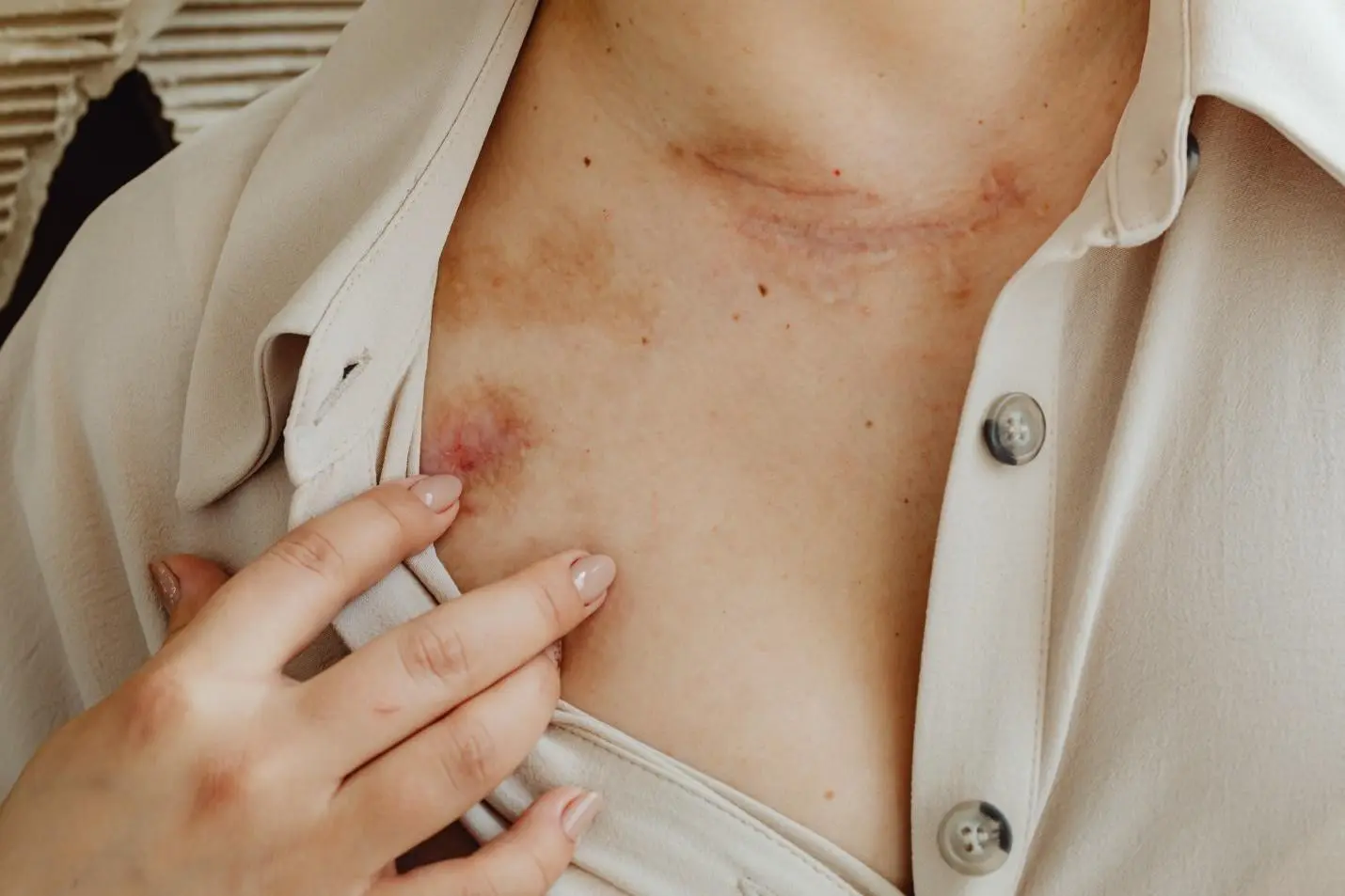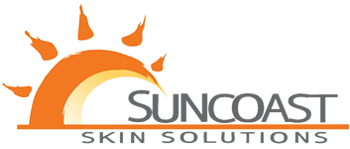
Our skin forms the outermost layer of our body – apart from being the biggest organ in our body, it is also the most versatile organ we have. If it weren't for our skin, our entire body in all the organs on it would be exposed to all kinds of environmental factors. Our skin is a natural protective layer on the rest of the body, which acts as a barrier to protect the rest of the organs present under it. It is exposed to all types of environmental factors and hence also has to suffer the most in the face of adversities.
Therefore, it is imperative to be caring and protective of our skin as well. The barrier that protects the rest of our body also needs care and protection for it to be able to fulfill its function properly. However, humans being humans, we hardly show gratitude and love toward our skin – and hence soon enough, our skin starts showing signs of betrayal. Okay, maybe we're being too dramatic!
But the point here is that when we don’t take enough care of our skin, our skin starts suffering, and soon enough, those consequences become visible on our skin. People who take their skin for granted start developing painful and potentially dangerous skin conditions – that can also lead to skin cancer. One such widespread and hazardous condition is Actinic keratosis.
If you are hearing this complicated name for the first time, then you need to continue reading this article. Today we are discussing the symptoms, prevention, and treatment of actinic keratosis – a common and sometimes dangerous skin disorder.
All You Need to Know About Actinic Keratosis
Overview
Actinic keratosis – also commonly known as solar keratosis, is a skin disorder that causes the development of rough, scaly patches on the skin, usually due to years of exposure to the sun. It is a type of pre-cancer condition which means if it doesn't get treated soon enough, it can turn into benign cancer – squamous cell carcinoma. However, the good news is Actinic Keratosis can be easily treated. It is the most common type of pre-cancer, especially in the US; over 58 million Americans have been reported to have at least 1 to 2 spots of AK.
Symptoms
Actinic Keratosis has very distinctive symptoms that appear on the surface of the skin – making it easier for doctors to diagnose the condition. Some of the common signs and symptoms of cancer are:
- One of the first signs of AK is raised, rough bumps appearing on the skin. These bumps can vary in colors, such as grey, red, or pink do have a yellow-brown crust on top. Some bumps are also the same color as your skin.
- Scaly patches on the skin that seem dry and rough. These patches are less than 1 inch in size (usually as small as 2.5 cm in diameter). Because they are rough and dry, these patches are sometimes itchy.
- Raised patches on the skin – apart from rough bumps, some patches also feel raised or bump-like on the skin's surface.
- Patches of varying colors – most patches look appear pink or brown
- Itching and burning on the skin which often also leads ot crusting
- In some extreme cases, skin also develops a wartlike surface which means it develops unsmooth projections that resemble warts.
Causes
Like most skin-related disorders and skin cancer, actinic keratosis also develops due to intense and long exposure to UV rays – these rays can be from the sun or from artificial tanning beds. However, some people are more prone to developing the condition than others. Here are some risk factors of the diseases that increase the chances of a person developing the problem:
- Age – mostly older than 40
- People with fairer skin or fewer melanin cells to protect their skin from sunburn
- Blonde or red hair with blue eyes
- People living in warmer and sunny areas such as Florida or California
- Week immune system
- People increased outdoor work
- Family history
Prevention
By knowing about the causes, we are sure you must have understood that actinic keratosis is easily preventable. If you take the following preventative measures, you can actually protect your skin and prevent it from developing AK.
Limit your time in the sun; long exposure to the skin can cause actinic keratosis – especially the bright sun between 10 am to 2 pm is very dangerous. Avoid going outdoors during this time.
Avoid tanning beds because they are also a source of UV rays, which can lead to serious skin damage. Though artificial, UV rays from tanning beds are just as harmful as that from the sun, so it's best to stay away from them.
Use sunscreen at all – invest in a good sunscreen and use it all the time, even when you are at home. It can help protect your skin not only from direct sunlight but also from heat. No matter the weather – even if it's cloudy, don’t ditch the sunscreen.
Wear clothes that can cover your properly. Actinic keratosis usually starts appearing in areas that are most exposed to the sun, such as your arms or face, so it's best to wear clothes that can cover you up. For your face, you can wear a hat to avoid direct sunlight.
Actinic KeratosisTreatment
Like we said, thankfully, actinic keratoses are reversible and can be treated, given it is diagnosed at early stages. Some of the common treatment methods for the skin condition are:
Cryotherapy (freezing): removes AK by freezing them with liquid nitrogen as it allows blistering and peeling.
Laser therapy: an ablative laser device is sued to destroy AK patches on the skin.
Scarping (curettage): a device called curet is sued to scrape off damaged cells.
Final Word
Actinic keratoses are one of the most painful and dangerous pre-cancer skin conditions that must be treated as soon as possible. This is why everyone needs to look out for symptoms and take care of their skin – the moment you spot something on your skin that resembles any of the symptoms, it's best to approach a good dermatologist so the disorder can be treated in the early stages. Otherwise, it can get much worse and lead to skin cancer.
SunCoast Skin Solutions Dermatology offices are located in Tampa / Hillsborough, St. Pete / Pinellas County, Brandon, Lutz, Winter Haven, Largo, Hudson, Leesburg, Riverview, Brooksville, Clearwater, Ocala, Palm Harbor, Daytona Beach, Sarasota, Punta Gorda, Seminole, Florida. Contact us at 1-844-786-3376 or click here.

Recent Comments